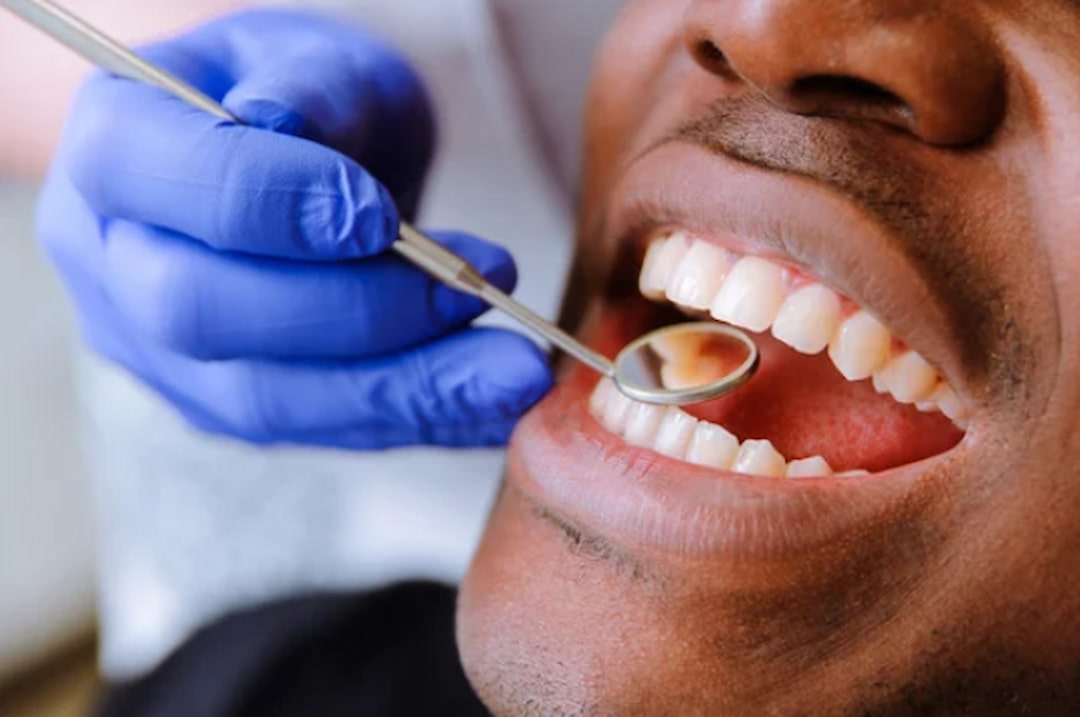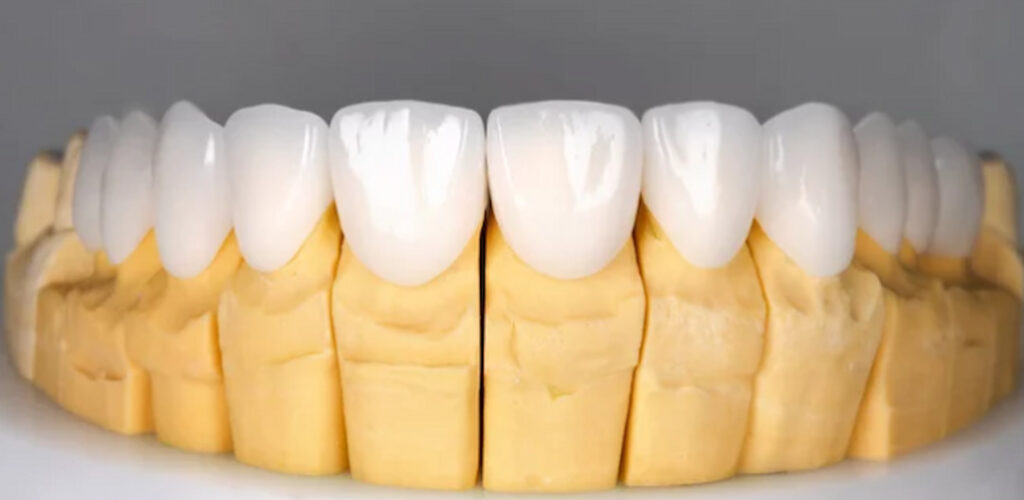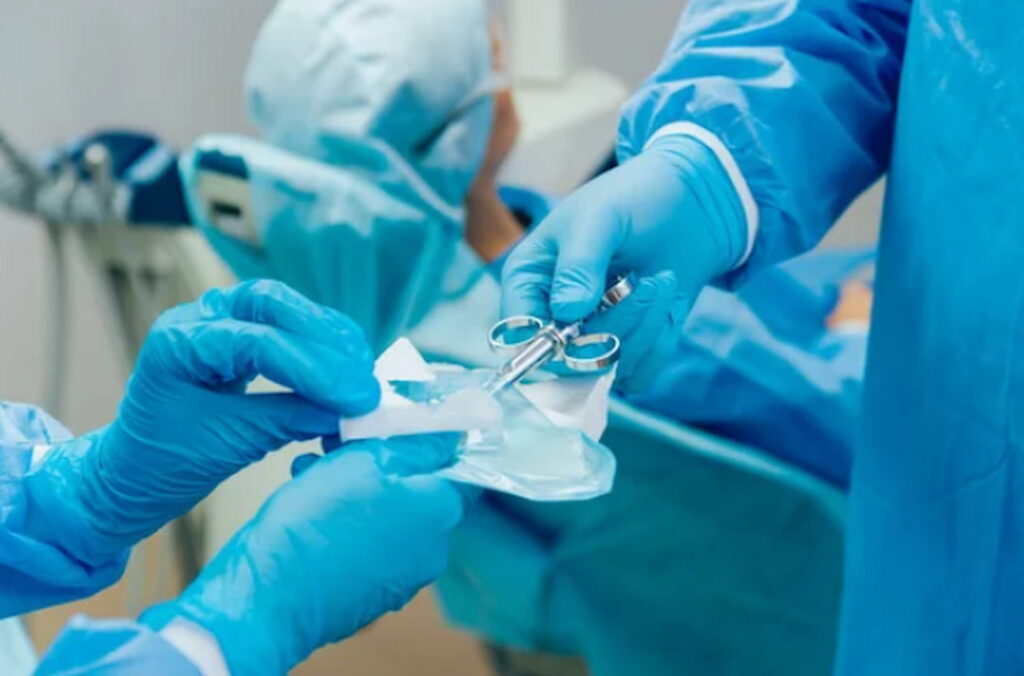
When you have extensive damage or need extensive repairs to your teeth, you likely will need to undergo full mouth restoration. This process revolves around working with your entire mouth and quite possibly all of your teeth. Of course, the process will depend on your specific needs and the condition of your teeth.
A full mouth restoration process will certainly take some time to work through. There will be processes that will take time and healing as you move through the procedures to restore your mouth to proper health and function.
Full Mouth Restoration Overview
Full mouth restoration is sometimes also referred to as full mouth reconstruction. This is really what the process is all about. Your entire mouth might need an overhaul, or at least the majority of your teeth. Whether it’s related to an injury, poor oral health, or even health issues are irrelevant.
The intent behind full mouth restoration is to go through the process to restore your mouth for health and functionality. This is not a purely cosmetic or based on your personal feelings about your smile. The process is for your health and to make sure that your teeth and mouth are functioning like they should be.
What is Involved in Restoration?
Restoration doesn’t look the same for every person. While the process is to restore your entire mouth, the needs will still vary from person to person. You will likely need something different than the person before or after you. Full mouth restoration is a customized process based on your needs.
Here are some of the things that might be used in the process.

Deep Cleaning
Part of your mouth restoration process might be to get an intense clean on your teeth. This could potentially just be the start of your process but if you have a lot of buildup or discoloration, a deep cleaning might be a necessary part of the process to start restoring your teeth to health.
Root Canal
A root canal is a process used to treat the pulp or the roots of a tooth, particularly when there is infection present in the pulp. The root canal eliminates the infection and works to pull any contamination out as well. This procedure is slightly invasive and while it’s something that dental professionals handle daily, it’s still a fairly serious treatment.
Gum Contouring
For some people, reshaping the gums might be necessary. If you have a smile that is overly gummy or if perhaps your gums are receding in a way that is not healthy for your mouth, this could be helpful. Gum contouring can either help to remove excess gum or fill in spaces where there is not enough gum around the teeth.
Crowns, Veneers, and Bridges
When it comes to restoration, the end goal is to restore the health of your teeth but also to improve their look in the process. This might require something like crowns, dental bridges, or veneers to improve the teeth.
Each of these can be used to cover or potentially replace bad teeth that need to be extracted or perhaps improved to make them more appealing. This will depend on the health of the tooth and the best solution to improve it.

Dental Implants
Another approach for whole mouth restoration might be dental implants or even dentures. If the teeth are in poor condition, sometimes the best thing to do is to extract them and then start fresh.
If you are a candidate for dental implants, the teeth will first be extracted and allowed to heal. That would be followed by implant surgery. Implants are actually connected to the jawbone using a titanium post. That post then fuses with the jawbone as healing commences.
Bone Grafting
It is possible that if dental implants are part of your treatment plan you will need bone grafting first. Dental implants require a specific amount of bone in order to be used. Dental implants can help add bone for this procedure. It requires its own healing period as well.
Orthodontic Treatment
Part of your whole mouth restoration might include orthodontic treatments. There are times that the teeth or even the jaw might need to be aligned differently for optimal health and function. In this case, orthodontics could be used as part of the whole mouth restoration process.
Surgical Treatment
Full mouth restoration might require surgical treatment in some cases. This is typically only required if there is extensive restoration needed or if perhaps the jaw needs to be repositioned for the functionality of the mouth.

The Elements of Full Mouth Restoration
So, what exactly will your dental provider look at as they work with you to determine a plan for your restoration process? Remember that this is a customized process that will be tailored to your needs.
Here are some of the things that might be considered during the planning process.
- Teeth: Your teeth are perhaps one of the most prominent parts of your mouth. This means they will be a large part of the mouth restoration process. There will need to be decisions about extractions and options likes dental crowns, veneers, bridges, implants, etc.
- Gums: Your gums are another part of the mouth restoration process. After all, it is the gums that hold the teeth in place and if they are not proportionate or healthy, this could cause a problem.
- Jaw: There are times when your jaw or the alignment of your jaw will need to be considered as part of your mouth restoration process.
- Aesthetic: Finally, the entire aesthetic of your mouth and face will be considered. Things like sizes, proportions, alignment, and placement will be taken into account. For full mouth restoration, this is typically related to your mouth and inside of the mouth but that is not always the case.
What to Expect from the Process
If you are in need of a full mouth restoration, this isn’t something that will happen overnight. You will likely need to plan for a process that takes time. There is planning to be done before any procedures. Of course, the procedures also might take time and there may need to be healing time in between some of the processes.
Here is a simple overview of the process. Keep in mind that the specific details might vary depending on your provider.
Consultation
The first step for a full mouth restoration is to have a consultation period. The consultation allows you to work with the dentist and determine what you want to accomplish and what types of services they offer. It’s all about getting to know each other and learning what the goals for this restoration will be.
During the consultation period, you can ask questions and so can the dentist. They will likely complete an oral exam to take a look at the condition of your teeth, your gums, and your bite as a whole. This gives them the chance to determine the extent of your needs so that they can use that to help you create a plan.
X-Rays, Impressions, and Preparation
The next step is to get x-rays and impressions. This is important for the planning process because it gives the dentist an inside look into your mouth. They can see things like how the teeth look now, the bones and roots, and even how your bite aligns.

Creating a Plan
Once all of the prep work is out of the way, it’s time to work on the plan for your full mouth reconstruction. This part of the process includes the time to design the smile – see smile makeover – that you are looking for and then determining the treatment plan to get there.
There may be several parts to the treatment plan and the entire plan may take several years to complete. This depends wholly on the situation and what is needed in order to restore your mouth.
Treatment Begins
Finally, it’s time to start treatment. Once you and the dentist have agreed on a plan, treatment can begin. This will be your customized treatment plan every step of the way. Understand that there will be treatment time as well as healing time involved in the process. It’s quite possible that you will have an extended treatment time.
Full mouth restoration needs to be done one step at a time. In between processes, healing might be necessary before moving on to the next step. Be sure to work with your provider for an ideal representation of the timeframe of each step.
Final Thoughts
Full mouth restoration is really all about restoring your oral health and it often takes a full overhaul to accomplish. Regardless of the reason behind your need for restoration, you deserve to have a great smile just like anyone else.
Every full mouth restoration is customized to the needs of the individual. Be sure to choose a provider that you trust and are comfortable with. Once you start the process, you will be working with them for quite some time to come most likely.
Are you ready for your new smile?

